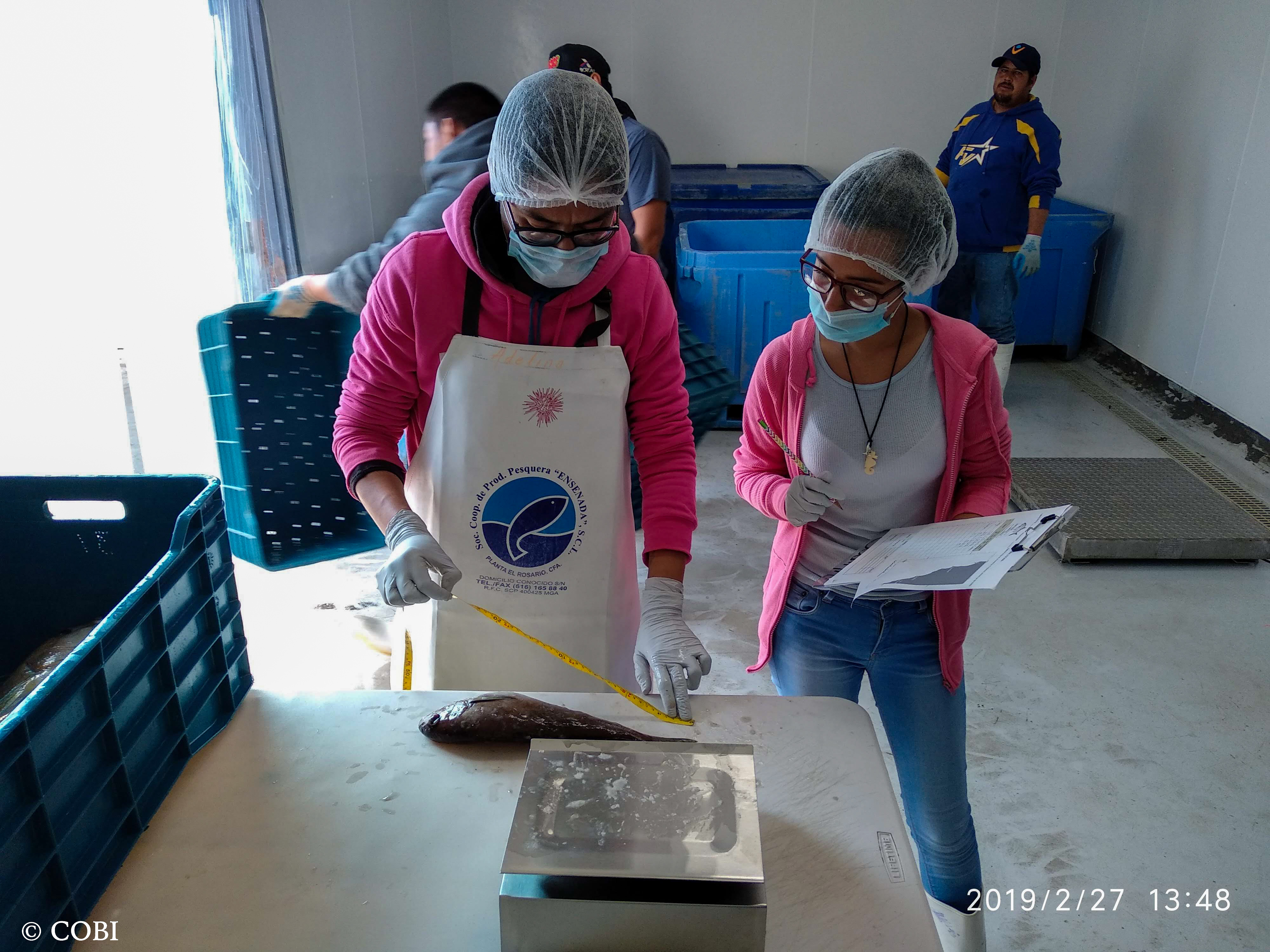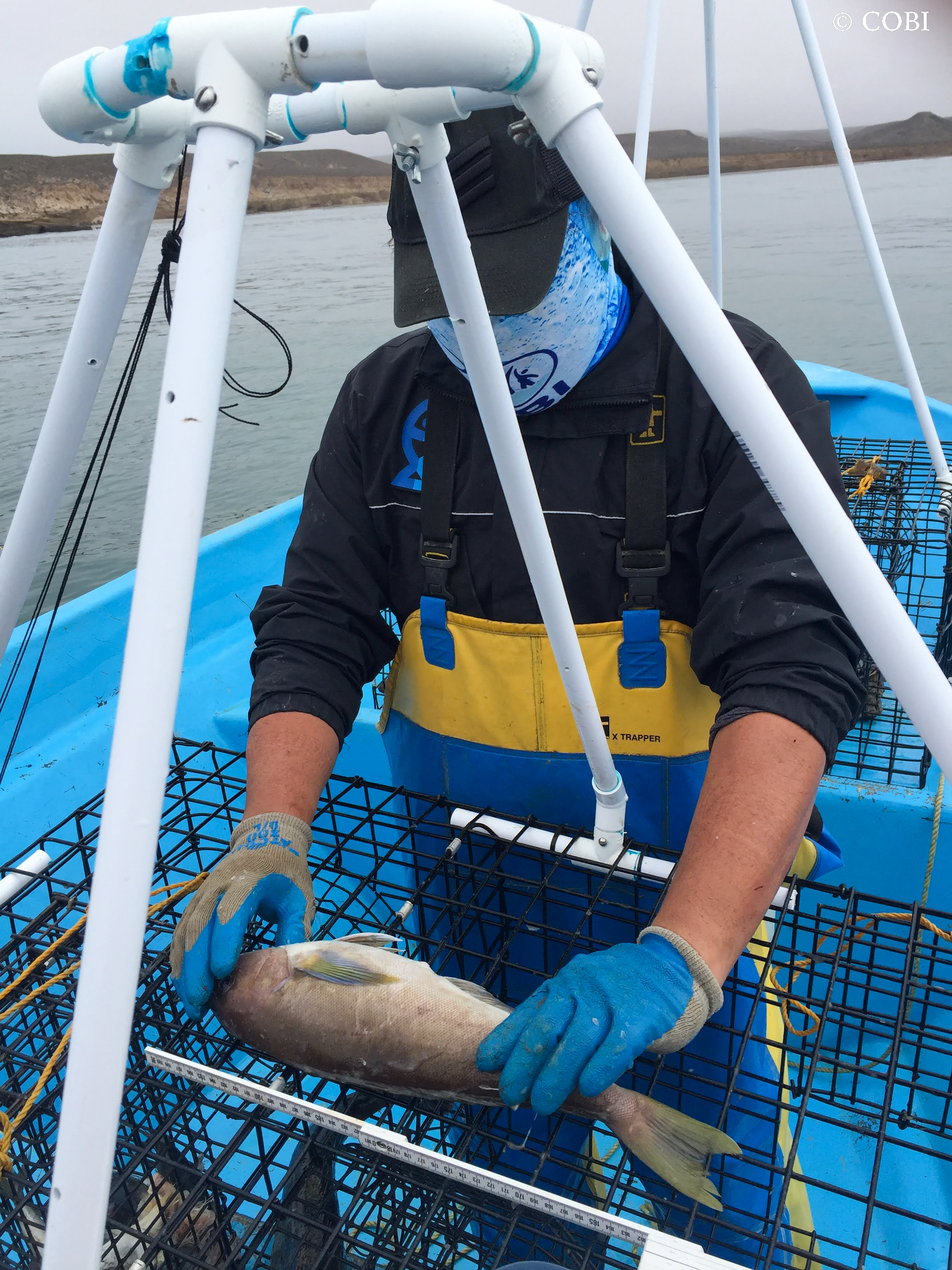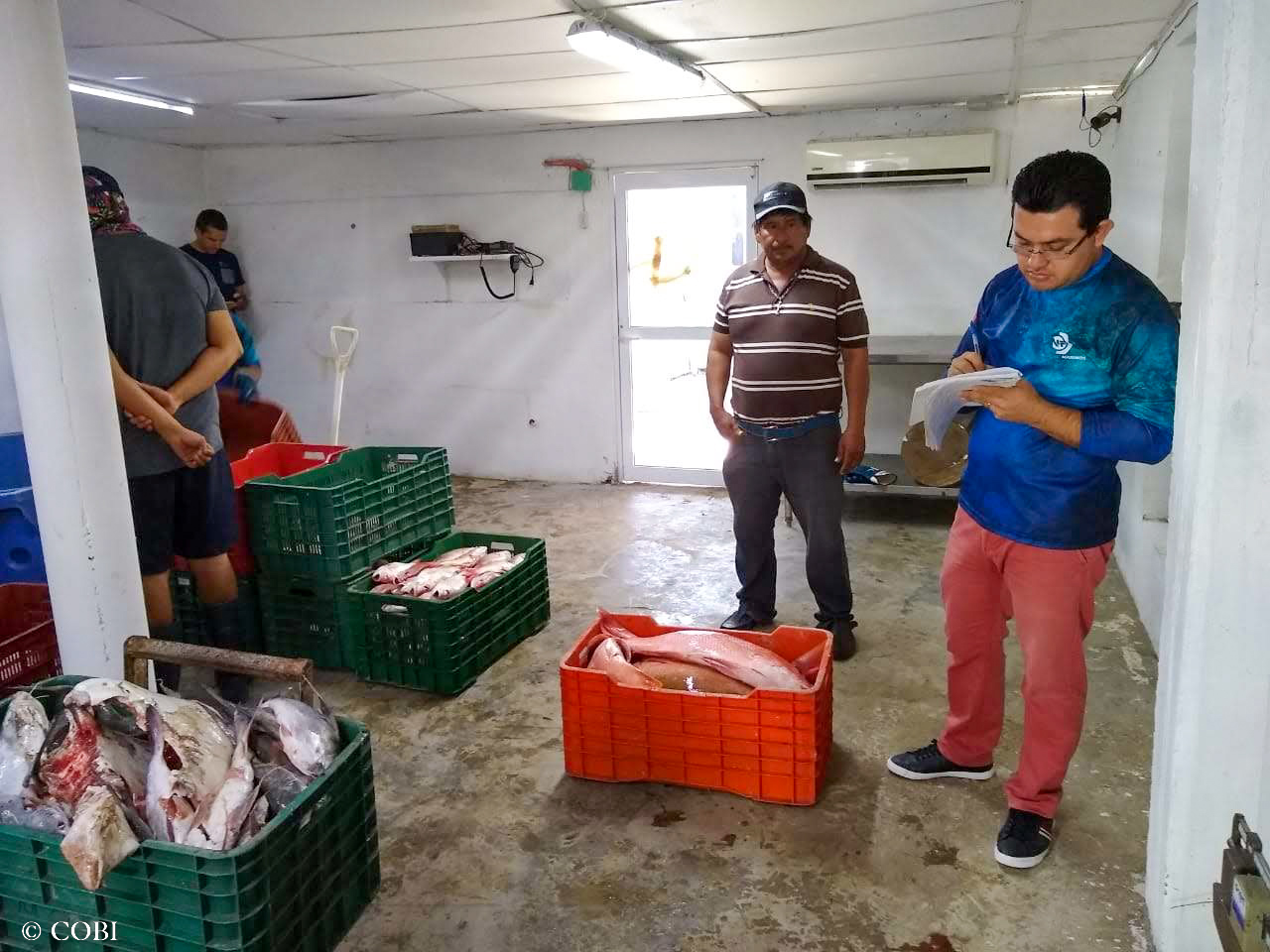



One of the most immediate challenges facing fish fisheries on their path to fishery sustainability is the implementation of fishery monitoring. This gathers all the information needed to understand how the fishery functions, including its economic and ecological components, allowing better management decisions to be made. To achieve this in the fish fishery, fishermen and fisherwomen were trained on the importance of monitoring their fisheries and how to carry it out. Together with the fishing communities, the government sector, academia and civil society organizations, a fishing logbook format was designed and approved by the government.
Subsequently, the logbooks were implemented in four fishing communities, adapting the process according to local needs. 2021 marked four years since the communities began monitoring their fisheries (specifically for different species of fish), which has allowed them to make inferences on the behavior of the fishery, plan their activities, monitor their income, etc.
- Design the logbook with all the actors involved in the fishery (fishermen, government sector, academia, market and civil society organizations).
- Place a section in the logbook to record lengths and weights of fish caught.
- Ensure that fishermen have the necessary equipment to carry out fishery monitoring.
- Train fishermen on how to take parameters (e.g. fish lengths) for biological and fishery monitoring.
- It is important to define how the fishers will be recording the logbooks. The process should be adapted to local conditions (the fishery, the internal organization of the cooperative and community), and maintain a standardized data collection methodology. It is possible for each person to do his or her logbook when returning from fishing or for only one person to be in charge (e.g. in the product reception area).
- Due to bycatch of certain species, it is important that fishermen and fisherwomen are trained to take photographs and to identify morphological characteristics and coloration patterns of bycatch species in order to identify them.
- The results of the analysis of the logbook information have been used to define management strategies, such as increasing the mesh size of the traps used or modifying the number of hooks to avoid catching smaller organisms.